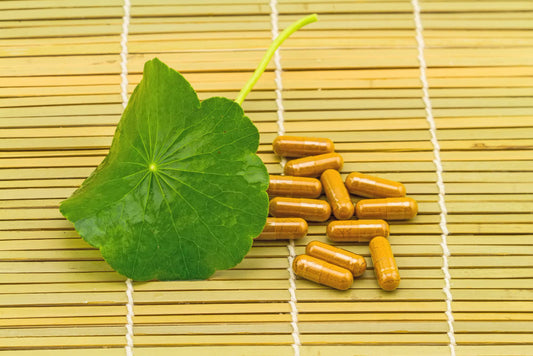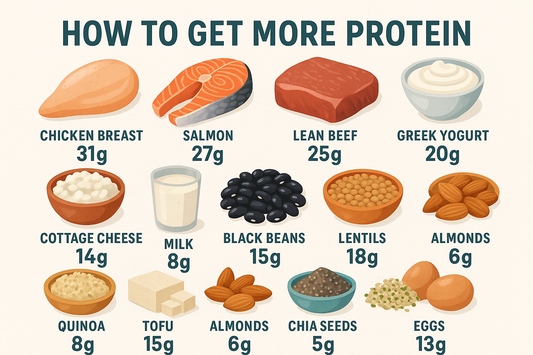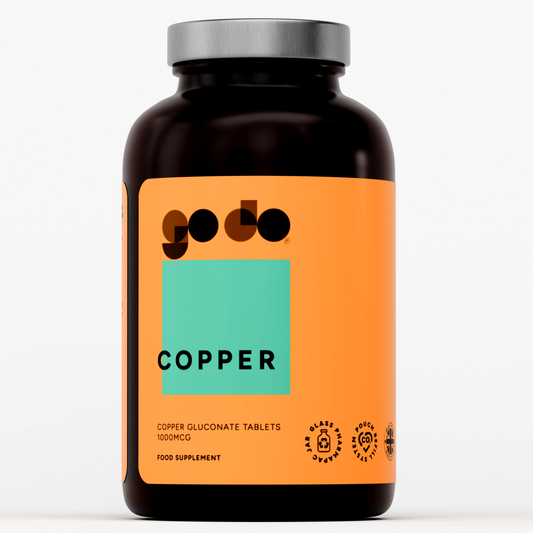The adductors are a rather large group of muscles situated on the medial (inner) side of the thigh. They originate at the nethermost extremity of the hip bone and spread down the interior of the thigh, fastening to the medial segment of the femur. There are five primary constituents of the adductor group. The pectineus is the utmost superior adductor. In addition to the pectineus, there is the gracilis, which fastens from the pubis symphysis to the tibia underneath the knee and forms the inner thigh, but is fairly weak in comparison to the pectineus. There are three muscles specifically termed ‘adductors’: the adductor magnus, brevis, and longus, all of which travel down the interior of the thigh, beginning at the anterior pubis area of the pelvis and continuing down the medial span of the femur. Out of the three, the magnus is the biggest, and covers the completest area of the inside of the thigh. As the name proposes, the primary action of the adductors is to adduct (or draw towards the midline of the body) and rotate the hip joint. The pectineus and gracilis rotate the leg inwardly, while the magnus and brevis rotate it outwardly.
As a group, however, they serve as stabilisers of the leg and pelvis when some degree of pressure is applied. As this group of muscles is critical to providing a balanced link between the lower body and the torso, keeping them strong and healthy is of vital importance.
So, what is the best approach for training these muscles? Well, in an ideal world training them as a group is functionally superior to training them in isolation. However, there is no harm in auxiliary exercises based on isolating them individually. As a result, an example of both a great compound and isolation exercise for this important group of muscles is provided below.
Compound Exercise – The Squat
The basic full squat is the overall best lower body strengthening exercise as it engages all the individual muscles and trains them in a functional manner (in unison) that mimics typical human movement. For overall development, a foot stance shoulder-width apart with toes pointed out slightly is recommended. However, it one wanted to place an emphasis on the inner thigh, then what you could do is place your feet (relatively) wide apart (wider than shoulder-width) with the toes pointed out to a larger degree.

Isolation Exercise – Thigh Adductor/Inner Thigh Machine
In order to isolate and train the adductors individually, there really is no better way to do this than to make use of the inner thigh machine. As the name clearly implies, the movement allowed by this machine is restricted to moving the legs towards the midline of the body. As one of the primary functions of the various adductor muscles is to do just that, the thigh adductor machine is one piece of hardware that cannot be overlooked!
Bibliography
- Ackland, Timothy R., Bruce Elliott, and J. Bloomfield. Applied Anatomy and Biomechanics in Sport. 2nd ed. Champaign, IL: Human Kinetics, 2009.
- Baechle, Thomas R., and Roger W. Earle. “Resistance Training Exercises: Thighs.” NSCA Essentials of Strength Training and Conditioning. 2nd Edition. Champaign, Illinois: Human Kinetics, 2008.
- Schwarzenegger, Arnold, and Bill Dobbins. “The Thighs.” The New Encyclopaedia of Modern Bodybuilding. New York: Simon & Schuster, 1998.
- Watkins, James. Structure and Function of the Musculoskeletal System. 2nd ed. Champaign, IL: Human Kinetics, 2010.










